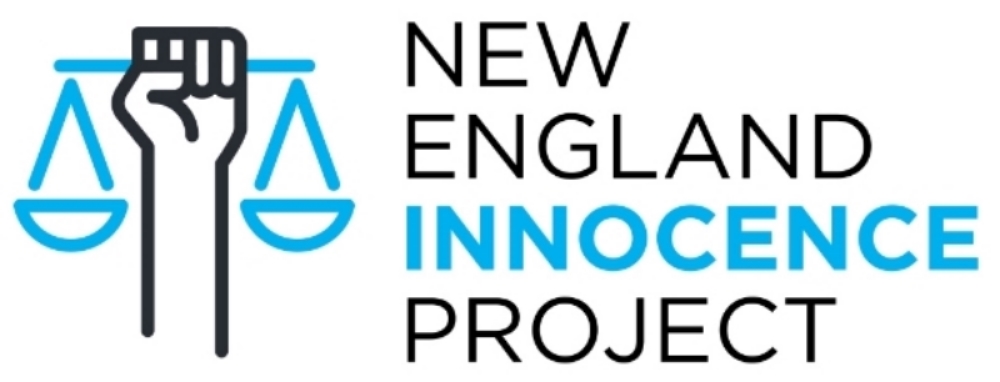June 18th, 2010
The well accepted fire science that convicted George Souliotes in 1997 is now coming under question. Souliotes, a Greek immigrant, was convicted of arson that killed three people including two children in Modesto, CA. He was the landlord of the building.
Arson investigations have recently come to the forefront after the execution of Todd Willingham in Texas in 2004. The fire deemed arson in Willingham’s case seems now to be probably accidental. Because of this, many fire scientists have begun to review old cases to see if questionable science is convicting innocent people.
The science started to unravel because of the1992 groundbreaking guide by the National Fire Protection Association. The report is now widely embraced, but some experts still retain their old beliefs. The report shows that some assumptions about arson science are now known to be false. For example, conditions thought only to be present in arson cases have now been confirmed as typical in accidental cases, too: including melted steel and glass etched tiny cracks.
John Lentini, a prominent fire scientist who testified for Souliotes’, says that a sizable number of experts still “don’t want to admit they were doing it wrong.”
Souliotes’ fate rests on the forthcoming decision of the 9th Circuit Court of Appeals, which will soon decide whether to reexamine the case. The Northern California Innocence Project has taken on Souliotes’ case. Souliotes’ sister, Aleka Pantazis, 63 has also helped to bring attention to his case. Souliotes’ lawyers argue that arson investigators misinterpreted the evidence at the scene.
The prosecution claimed that substance on Souliotes’ shoes matched the compound that started the fire. But, Lentini says they do not have a common origin, and now the prosecutors are not disputing this.
In the meantime, all Soulites and his sister can do is wait for the decision to be handed down. Pantazis says, “what I live for is to see the day my brother will walk out. Whatever years he has left, at least he will be free.”
Dolan, Maura. “13 Years Later, an Arson Case Begins to Unravel” Los Angeles Times. May, 31 2010. Read the article.
